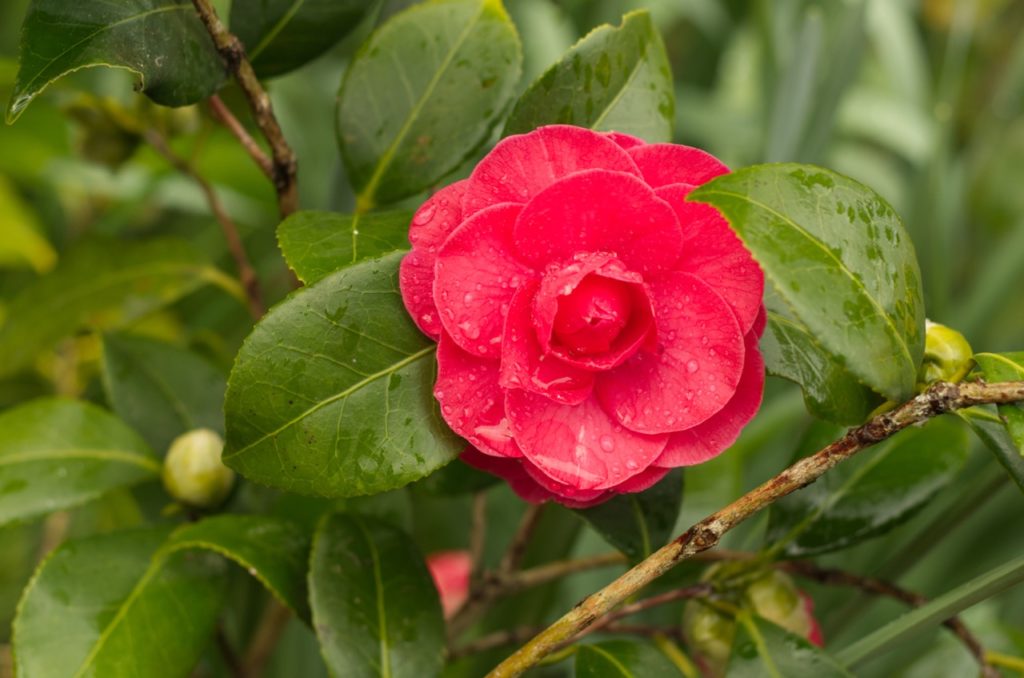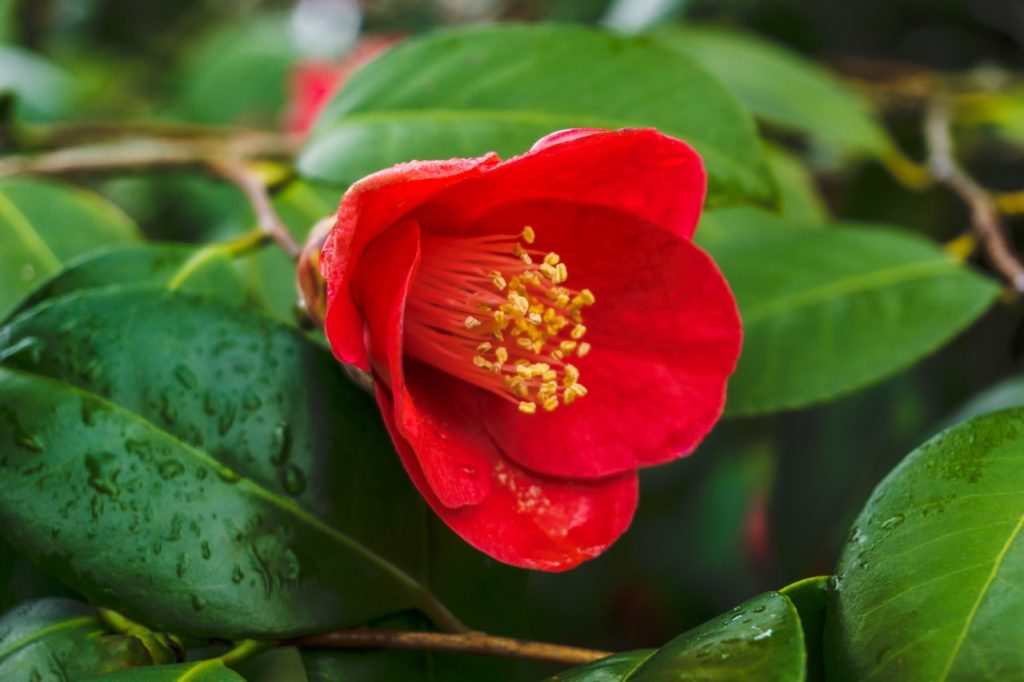Feeding And Watering Guidelines For Camellia: ‘Pine Wood Chip Is My Mulch Of Choice’


Elizabeth is a Permaculture Garden Designer, Sustainability Consultant and Professional Writer, working as an advocate for positive change. She graduated from the University of St. Andrews with an MA in English and Philosophy and obtained a Diploma in Applied Permaculture Design from the Permaculture Association.
Reviewed By COLIN SKELLY

Colin is a Horticulturist and Horticultural Consultant with experience in a range of practical and managerial roles across heritage, commercial and public horticulture. He holds the Royal Horticultural Society’s Master of Horticulture award and has a particular interest in horticultural ecology and naturalistic planting for habitat and climate resilience.
Contributions From PATRICIA SHORT

Patricia has over 35 years of experience growing camellias in her garden and is passionate about the joy they can bring to the dull winter months.
Camellia can be relatively easy to care for, but things can go wrong, so it is important to carefully consider where you grow and how you tend to it to avoid the most common pitfalls.
Some of the mistakes often made when growing camellias revolve around watering and feeding.
Getting these two things right is crucial for growing healthy and happy plants, as I explain below.
Watering
When watering camellias, you need to remember that they like free-draining conditions.
Do not overwater and always make sure that excess water can drain away freely.

Another key thing to bear in mind is that you want to keep the conditions acidic, as camellias prefer a pH somewhere between 5-6.5.
For this reason, you should water with rainwater wherever possible, especially if you have hard water where you live, as tap water can be far too alkaline in some areas.
Camellias will typically need to be watered more frequently when grown in containers than when grown in the ground.
You should water deeply whenever the top few centimetres of the growing medium feels dry.

Plants growing in the ground will also need to be watered well during the period of establishment, especially for the first 18 months or so and during particularly dry spells in summer.
“Camellias should be kept well-watered in August and September, as this can help to prevent bud drop in the spring”, explains Patricia Short from the International Camellia Society.
Well-established and larger shrubs will typically require less watering and care in general.
When watering, it is important to try to water the soil below the plants and not the plants themselves.
This not only ensures that water gets to where it is needed but also helps to reduce the chances of a fungal infection.

A mulch on top of the soil can also help prevent fungal spores from being splashed up onto the leaves.
Feeding
In the early spring, feed your camellias with an ericaceous organic fertiliser and add a mulch around your plants.
A mulch of pine needles, coniferous bark or other similar materials can be ideal.
“Feed the soil, not the plant, is a good adage to follow,” says Master Horticulturist Colin Skelly.
“The mulch breaks down feeding the Camellia slowly over time, whilst also increasing moisture and reducing evaporation.
“Remember to use an acidifying mulch: pine wood chip mulch is my ericaceous mulch of choice.”

You can also consider using an organic liquid plant feed, though this is usually only required when growing camellias in containers.
Less is more when it comes to fertilising camellias and it is more important to ensure a fertile growing medium than to feed additionally through the growing season.
To maintain fertility in the growing medium, make sure you top dress the containers and repot into a new growing medium every 2-3 years.
When using an organic liquid fertiliser, it is important not to overdo it, making sure that you always stop fertilising a camellia before the end of July.
Feeding later in summer and into autumn can cause buds to drop from the plant the following year.
